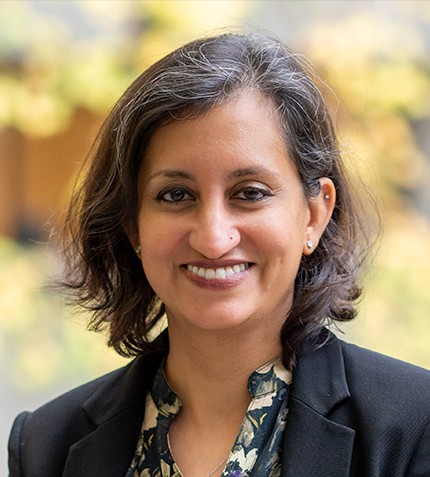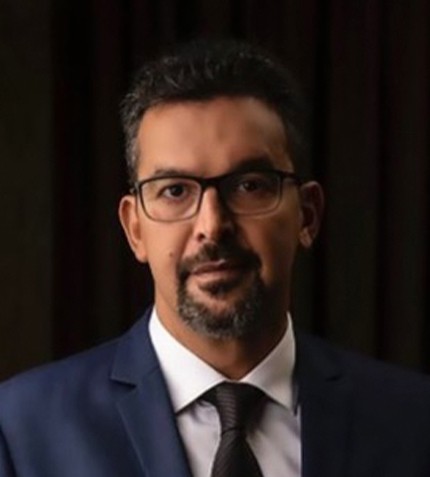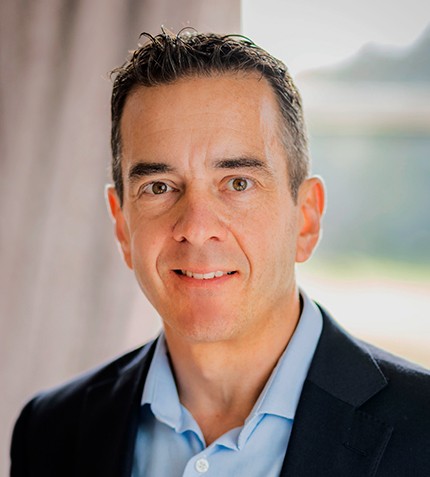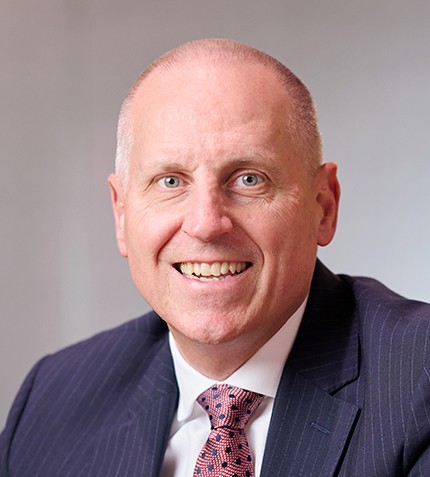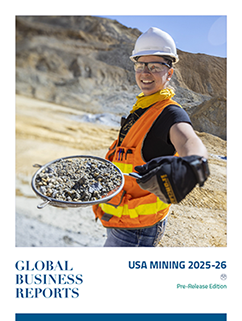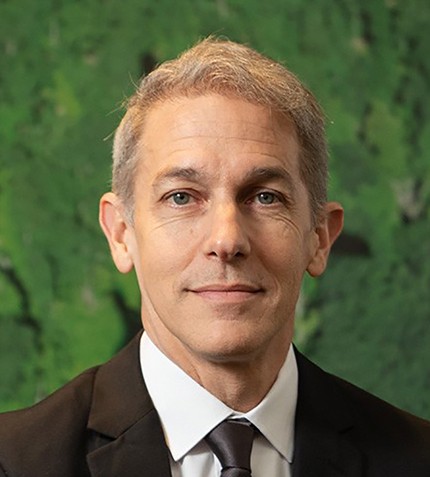
"Realistically, Latin America is "lagging" the US and Europe in the energy transition. However, many initiatives are underway, mainly leveraging the availability of resources like biomass, wind, and solar energy."
Gustavo Cienfuegos
MANAGING DIRECTOR – LATIN AMERICA, TOPSOE
Can you briefly remind our readers about Topsoe’s main services?
Even though we have shortened our name to Topsoe, the company’s core remains the same. We are still focusing on the research and development of new technologies for decarbonization and the energy transition. At Topsoe, we continue investing 10% of our revenue in R&D to offer a broader portfolio of technology, services, and catalysts.
Beyond decarbonizing industrial sites, does Topsoe engage with the broader value chain of the petrochemical and chemical industry?
We have traditionally been in the markets of fertilizers, ammonia, hydrogen, methanol and fuels. However, today, the major decarbonization focus, at least for the heavy industry, is related to fuels.
HVO is a renewable diesel for the automotive sector, sustainable aviation fuel (SAF) is for aviation, and the maritime industry is now leaning towards green methanol and ammonia to replace fossil fuels. While we have always worked with these solutions, we had to tweak some technologies to produce them efficiently and adapt them to the present scenario. Additionally, we have recently launched Zaffra, a JV between Topsoe and Sasol, to help decarbonize the aviation industry faster. With Zaffra, we will not only produce SAF but also help others to develop their projects through partnerships.
Can you speak of some of Topsoe’s projects in the pipeline in LATAM?
We are finishing the engineering for a SAF project at a refinery in Argentina using the HEFA technology. This technology involves hydroprocessing vegetable oils with an integrated hydrogen plant. We also have another SAF project in Bolivia using the same technology and many more are in the pipeline, hopefully coming soon.
In northern Brazil, we are working with Fortescue to produce green ammonia with our technology. In Uruguay, HIF has an ongoing project where we were selected to provide our synthetic gasoline technology.
How does Latin America’s energy transition compare to the United States and Europe?
Realistically, Latin America is "lagging" the US and Europe in the energy transition. However, there are many initiatives, mainly leveraging the availability of resources like biomass, wind, and solar energy.
The renewables market is heavily influenced by government support. With the Inflation Reduction Act (IRA), the US is a great example, leading to a boom in projects, including many for Topsoe involving ammonia and electrolyzers. The lack of similar incentives in Latin America makes it harder for local companies to justify projects of this magnitude. Additionally, each Latin American country has its unique socioeconomic situation and priorities, which can push these projects down the list of national agendas.
Where should companies start in their journey toward the energy transition?
When the energy transition began, Topsoe shifted to green technology, which was the least mature and most expensive, causing delays. Blue technology, which involves CO2 recovery, lies between green and grey. This variety is crucial for Latin America: some companies might choose unproven technologies, while others want to develop their own. Blue technology offers a solution to reduce emissions, making it ideal and valid.
There is massive installed capacity in Latin America, and it may take a long time for big companies like Pemex, Ecopetrol, Petrobras, and YPF to fully switch to new technologies.
Do you think there has been a shift in how business is conducted in the renewable markets?
In less mature technologies, we seek co-investments through joint ventures, diversifying and sharing the risk between the customer and the technology provider. We learned this valuable lesson by listening to our customers, who faced enormous risks in these cases. This approach also demonstrates our commitment, aligning with Topsoe’s goal of going beyond merely developing technology.
Do you have a final message for GBR’s audience?
Today, Topsoe does not see itself merely as a seller of catalysts and services but as a partner in exploring the best path for each company to achieve net-zero operations. The real challenge for the region is ensuring that these renewable projects are brought online. While we can sell as much technology as we want, if the projects in the pipeline do not materialize, we are not effectively contributing to the energy transition.




